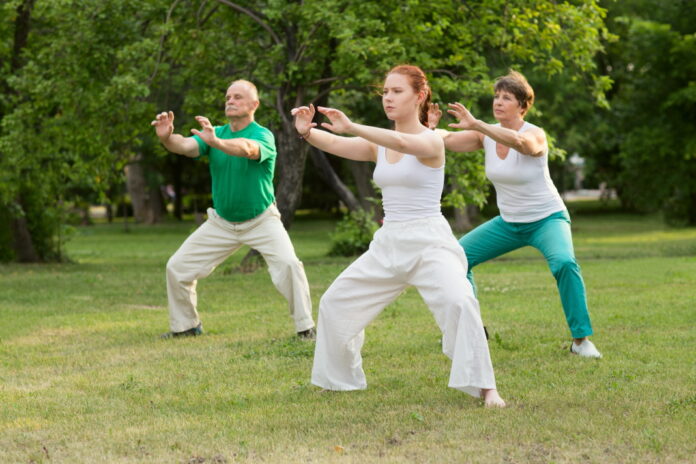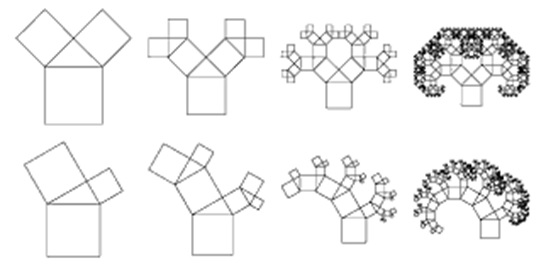
Qigong: Theory, Principles, and Application in Integrative Healthcare Settings
By Hey Soon Jeong PD., L.Ac., Jun Yoon, Jeff Millison M.Ac., L.Ac., Academic Dean of VUIM
According to Jahnke, there are thousands of forms of Qigong practice depending on different regions of China, various historical periods, specific teachers, and schools. Their purposes are for general well-being, specific TCM diagnostic categories, rituals for spiritual practice, and martial arts skills enhancement.
- Five Major Kinds of Qigong
Many branches of Qigong have a medical focus and have been refined for well over 5000 years. There are many styles, schools, traditions, forms, and lineages in Qigong, as well as different theories about Qi and its practical application. Here are the five major types of Qigong:
1) Medical Qigong: Medical Qigong focuses on free flow and balance of inner body Qi for healing and diagnosis. It is mainly developed for health maintenance and disease prevention by medical professionals and Qigong masters.
2) Taoist Qigong: Taoist Qigong focuses on physical body maintenance and behaviors with high moral standards.
3) Buddhist Qigong: Buddhist Qigong is the most popular type of Qigong. Considering the human body as a vessel, it focuses on freeing the mind to attain virtue and wisdom.
4) Confucian Qigong: Confucian Qigong is more cerebral, focusing on high morals and intelligence
5) Martial Arts Qigong: Martial Arts Qigong focuses on self-defense and Qi cultivation to deliver a more powerful attack.
- Internal Qigong and External Qigong
Internal Qigong has the intent of cultivating Qi through personal practice in order to calm the ample and unrestrained inner Qi. The internal Qigong practices incorporate a range of simple movements (repeated and often flowing in nature) or postures (standing or sitting) and include a focused state of relaxed awareness and a variety of breathing techniques that accompany the movements or postures. According to Winchester Hospital in Massachusetts, Internal Qigong is the most common form of practice in public in 2020. On the other hand, External Qigong is performed by a trained medical Qigong therapist who diagnoses patients according to TCM principles and uses “emitted Qi” from the palm to foster healing.


































